How big can the change be with just subtle facelifts? These cars prove that it is possible to 'save' a design with some small additions.
A few models have recently been subtly facelifted, such as the BMW 4 Series and Volkswagen Golf. A facelift is mainly intended to keep a model alive longer in a relatively cheap way. Something that is sometimes striking: brands often keep it very cheap. That is to say, virtually nothing changes – at all in terms of appearance. Sometimes that is smart, but it is actually at odds with the idea of a facelift. So you're basically saying: our model is strong enough to survive without changes, but we change it anyway.
Subtle facelifts
The exterior changes of the BMW 4 Series are very subtle and you may wonder whether the small brackets as daytime running lights are really an improvement. The Golf ditto. That gave the undersigned an idea: which cars have changed quite subtly in appearance, but have made significant progress in terms of design? The guidelines for 'subtle' are somewhat subjective, the most important guideline is that certain parts of the car (such as hoods, fenders and sometimes entire rear ends) hardly change. We also looked at designs that were somewhat lacking before the facelift. For example, the Jaguar XE is beautiful after the facelift, but it was actually perfect before the facelift. Of course you can still disagree in the comments. In any case, here are our examples, in alphabetical order.
BMW 3 Series (E90)
This is where I first came up with the successor to the E90, the F30. Until pre-LCI-F31 owner @willeme me not amused looked at, so I thought it would be safer to go for the LCI of the E9x, which was also the predecessor of its F31. In themselves they can do both, but with the E90 it is especially noticeable that the pre-LCI was a somewhat strange design. Not ugly, but not brilliant either. Especially the fact that the chrome top of the grille was incorporated into the hood and the rear lights, where the design with the slightly higher part of the indicator, which was a nice piece of design on the E46, actually disappeared thanks to a crazy trick with a white reversing light.
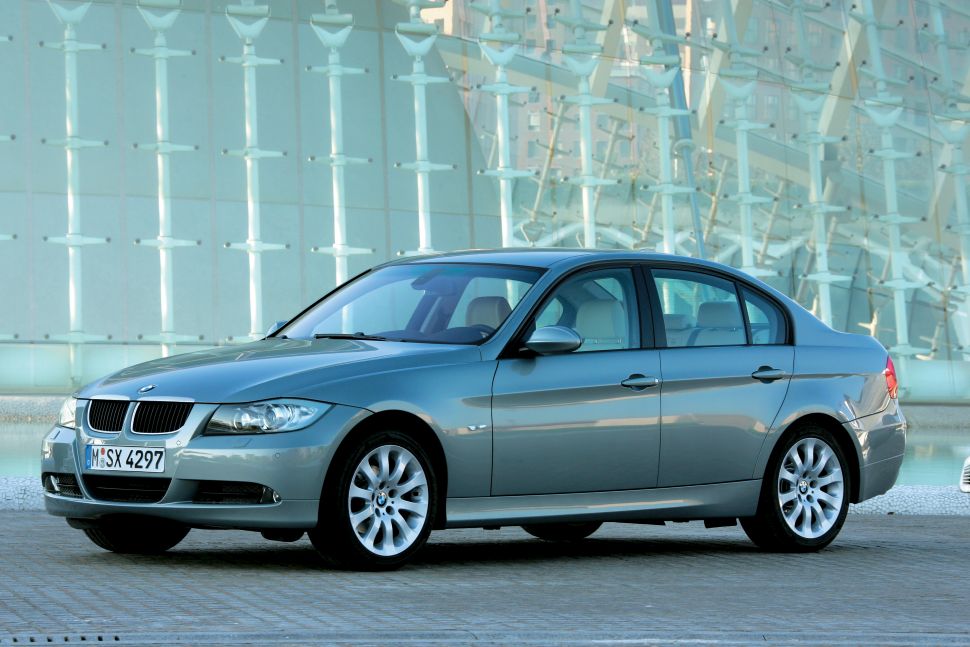
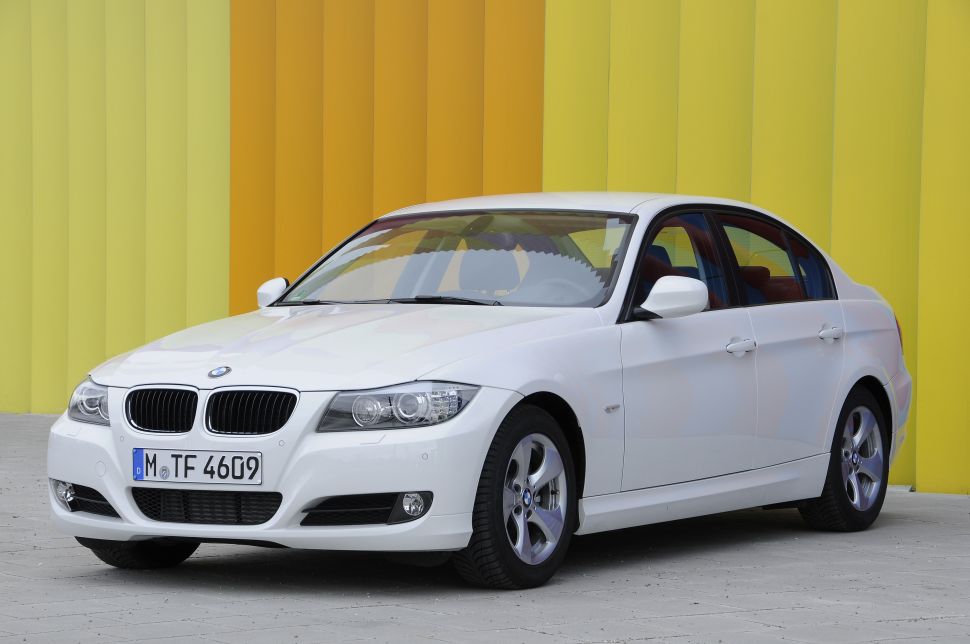
The E90's LCI proved that it is easy to repair. The rear lights now received an LED pattern including LED indicators, which would return in many other models. And the E46 corner returned! The light units at the front were also arranged differently with the latest LED technology, the bumpers were subtly redesigned and the chrome frames are again one with the kidney grilles. A perfect example of small changes that make a somewhat awkward design great.
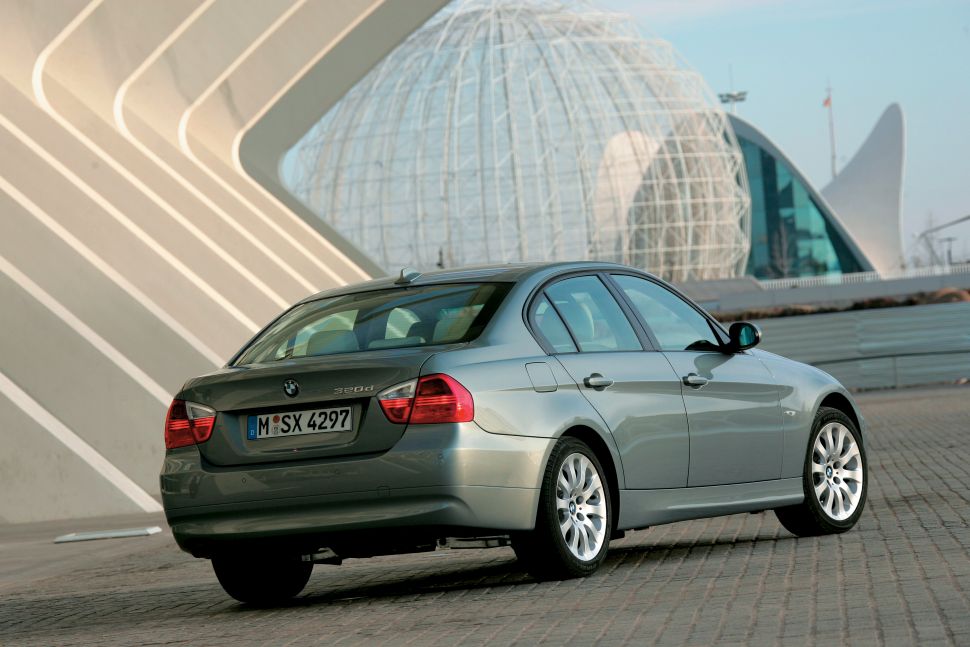
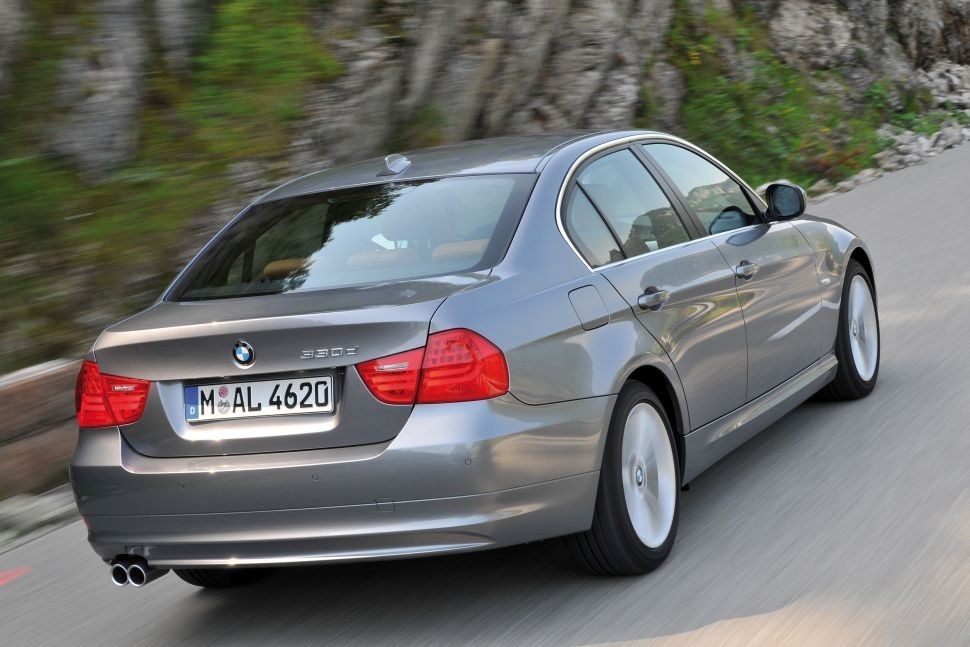
Fiat 500 (312)
The Fiat 500 is basically a strong design. The retro styling really resembles that of the first Fiat 500 and in itself it also ages well. Yet the 2015 facelift was actually just as perfect, perhaps even better. The integration of the LED daytime running lights finally gave the lower headlights a somewhat larger role, the new rim and grille designs have been perfectly chosen and the rear lights and especially the somewhat strange chrome piece on the rear are also drawn in a much better way.
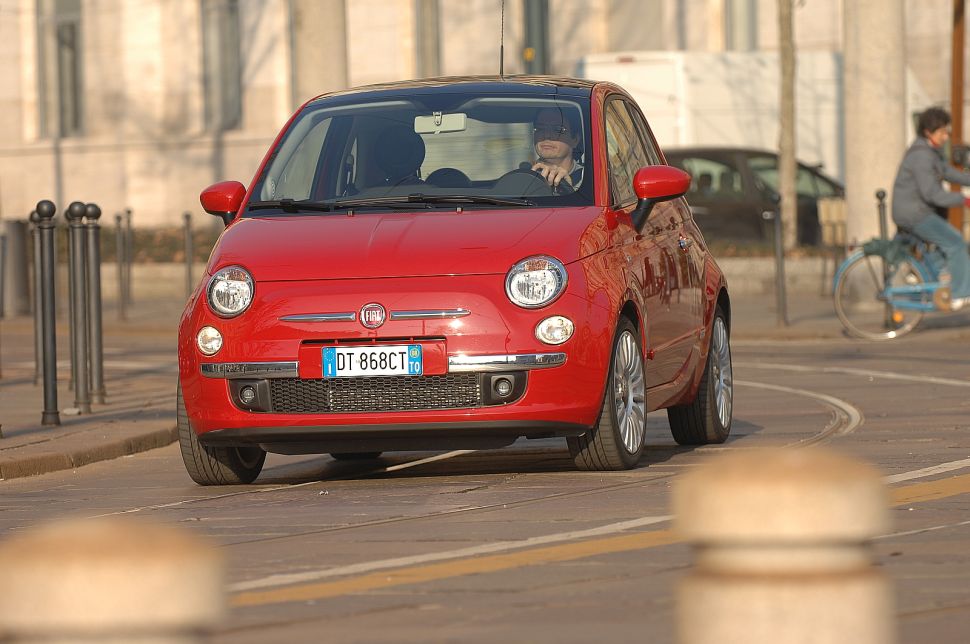
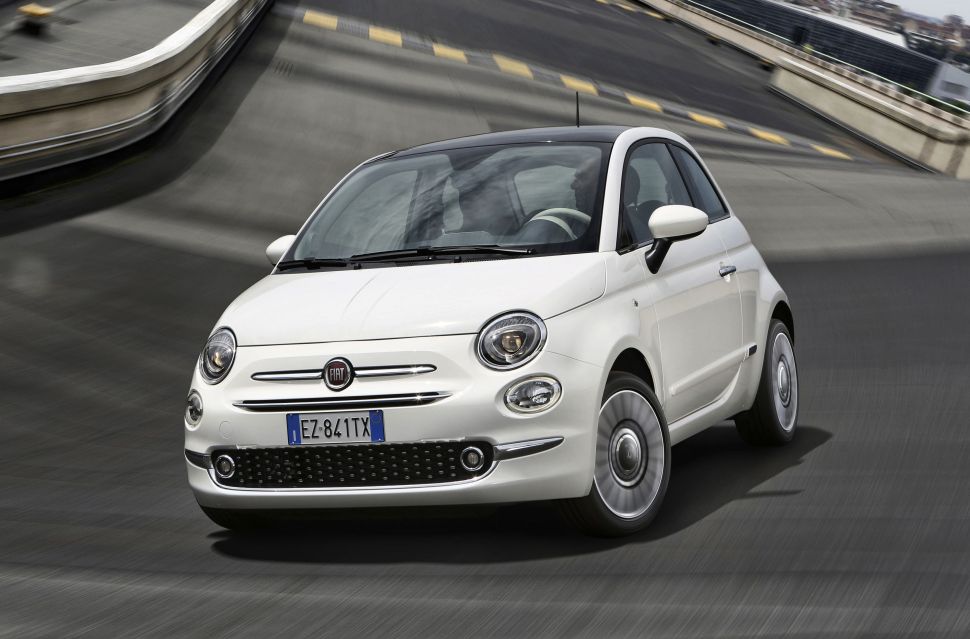
Ford Focus (4)
The Ford design language is sometimes compared to that of Aston Martin, which is actually a big compliment. In the fourth generation Ford Focus, the proportions between the headlights and grille did not look quite right. The facelift tackled this with slightly elongated and sharper headlights. The grille and bumper layout, as well as the rest of the car, hardly changed and yet the Focus suddenly has a very strong design with little to complain about.
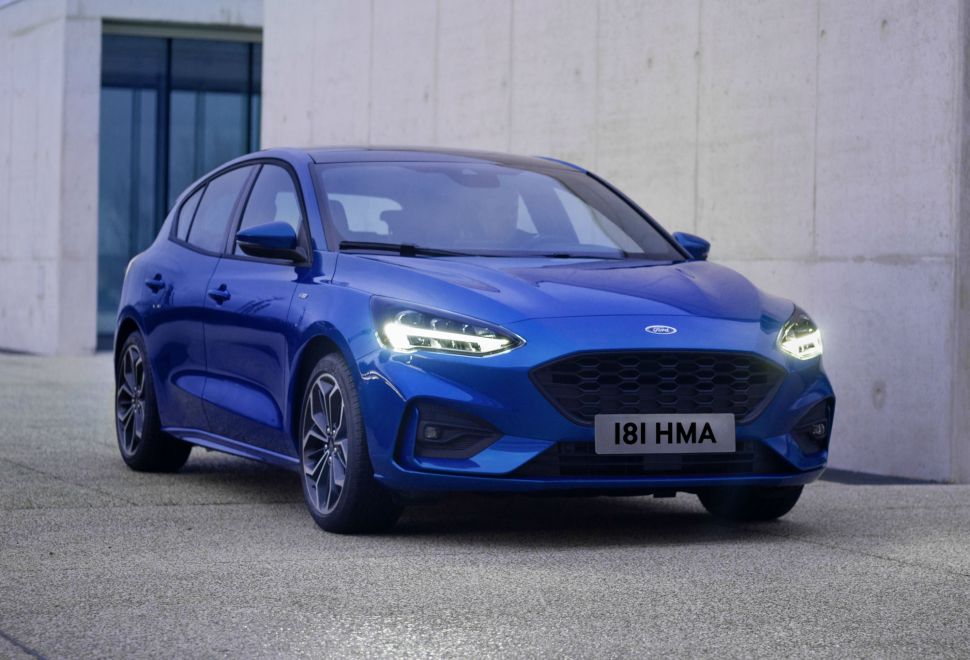
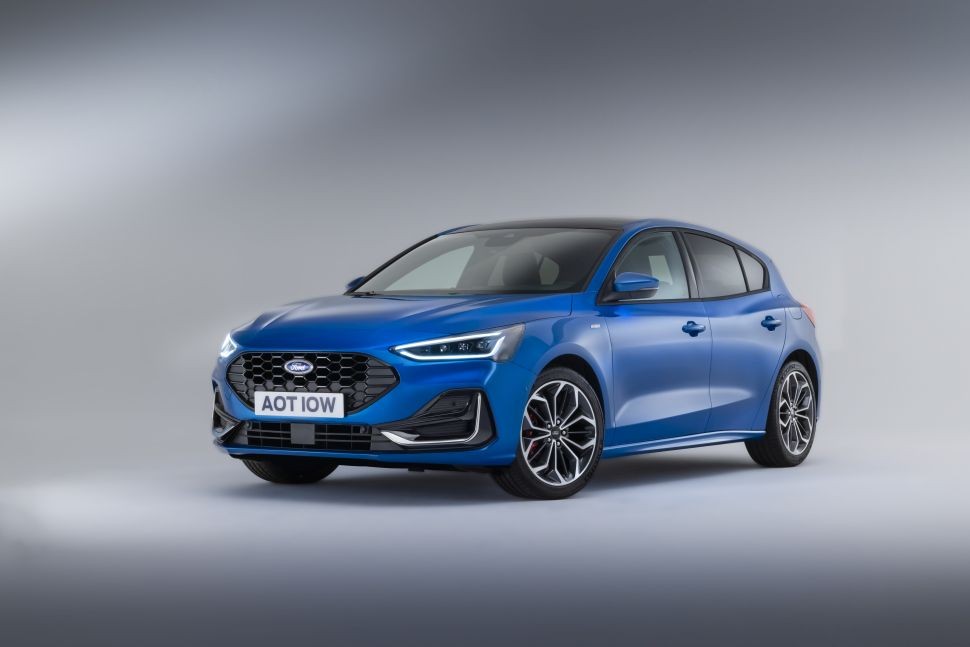
Land Rover Defender
No Autoblog list is complete without one or two hot takes. With today, the Defender. Because if 'the original was not very strong' is a requirement, then you actually have the nerve to say that the Defender was not a strong design until 2015. It was, but the years still started to count. With a subtle facelift in 2015, where only the wheel designs, the interior technology and the grille/hood changed, the Defender suddenly seemed a lot more modern. It obviously helps that Land Rover also provided their famous off-roader with ingenious special editions, such as the Works V8 and the Heritage Edition.


Mercedes 500E (W124)
To discuss both hot takes: yes, the Mercedes 500E was actually more timeless after the facelift (E500). The pre-facelift is cool and the history with Porsche will last forever, but the car screams the 80s. The upgrade in the 1990s with spray-painted bumpers and the discontinuation of the orange indicators (the latter brightens up almost every car – sorry not sorry) provides a completely different perspective. And yes, I even dare to say that the 190E Evo II rims that the E500 Limited received bring the car to perfection.
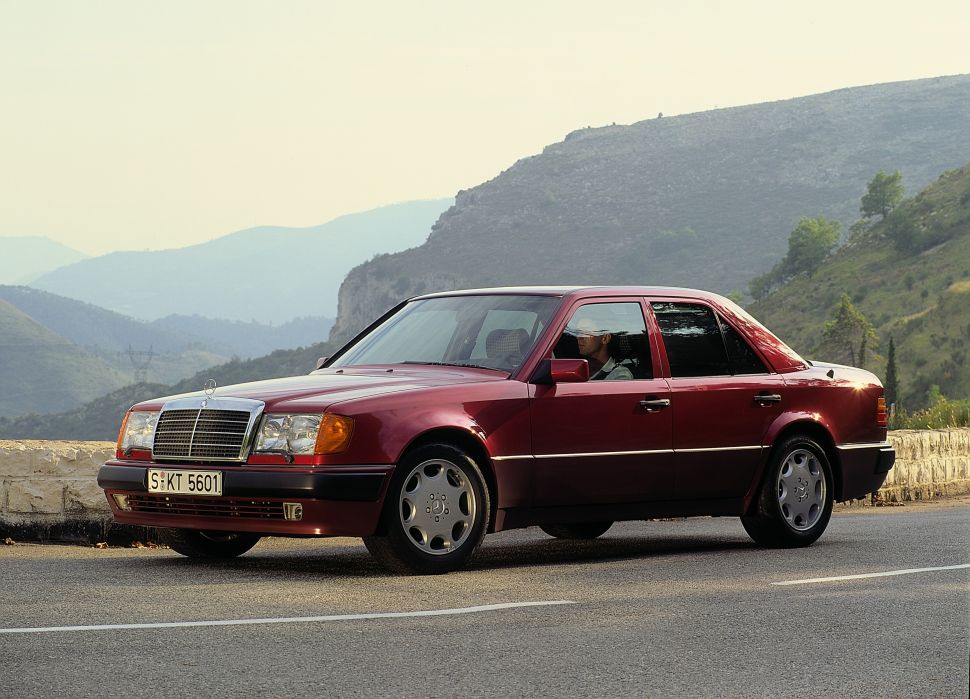
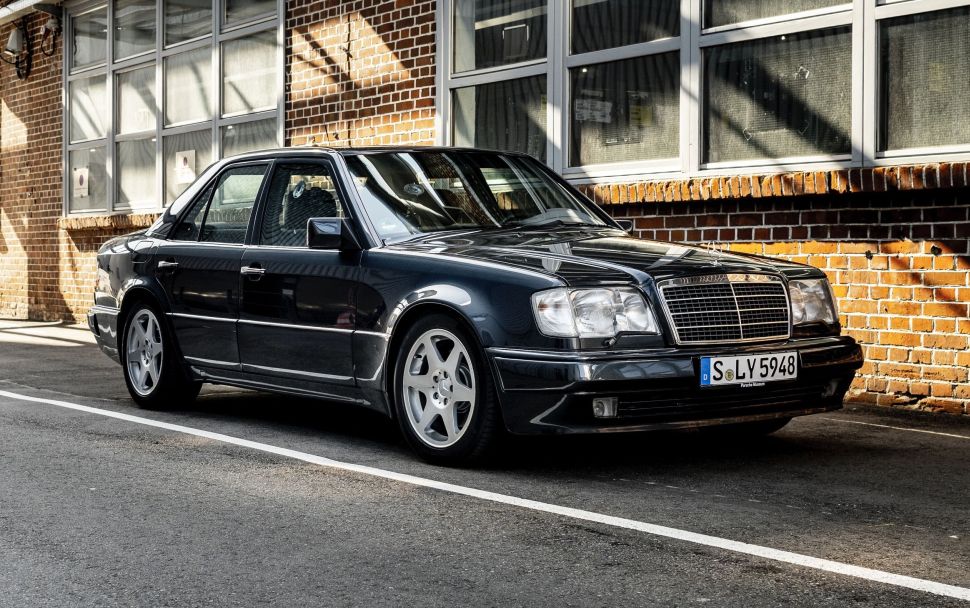
Mitsubishi Eclipse Cross
Huh, what are you doing now? How can this model ever be a successful facelift? Well, the directive stated that it had to be a significant improvement. And if the original is a complete low point, you can actually improve it immediately with almost anything. But let's not completely bash Mitsubishi to the ground, because we have to admit: the facelift of the Eclipse Cross solved an important problem. Namely that strange choice for a double rear window, separated by a light box. It doesn't look nice and creating a huge blind spot in your interior mirror is not an advantage either. The Eclipse Cross did not really become very different after the facelift, but now has a normal rear window. And that is certainly a big improvement.
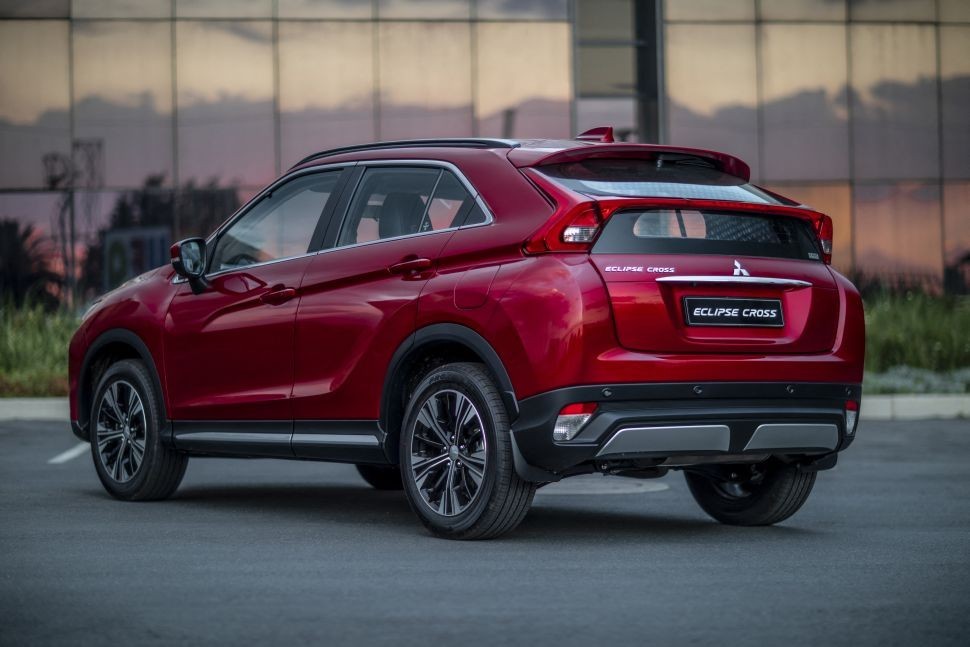
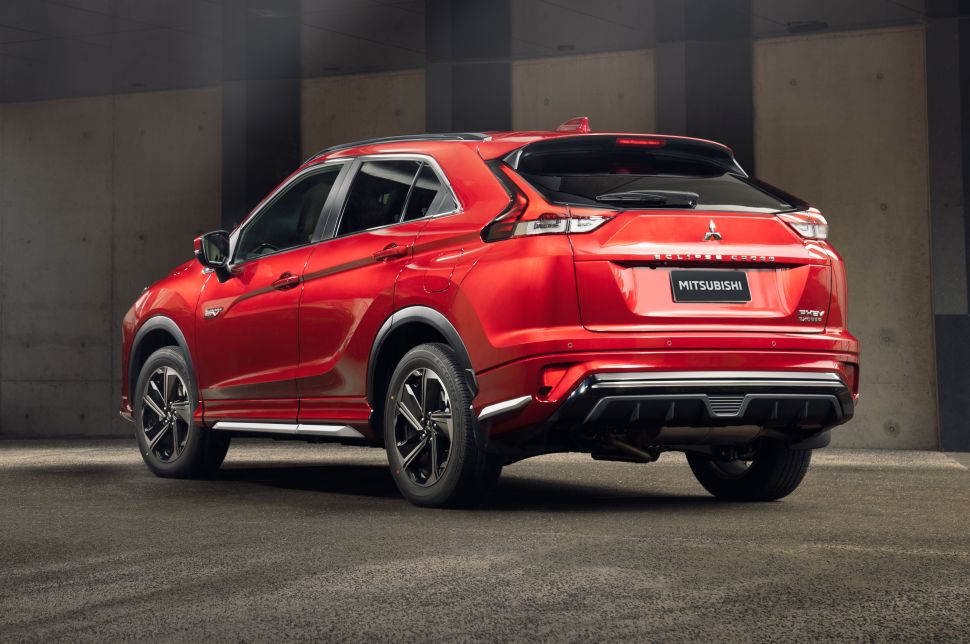
Porsche 911 (991)
The Porsche 911 can also contain multiple generations, the 996 and 997 for example. We choose the 991 because Porsche did something special. The somewhat awkward-looking lighting in the front bumper would have been a nice design statement in 2012, but over the years it has not really become great. The solution? Keeping it much simpler. With the facelift, the bumper was slightly redesigned and each 911 received a single subtle LED strip on either side. Except for the Turbo, which got two. Progress through simplicity. But the rear lights also became more modern and that certainly helps.
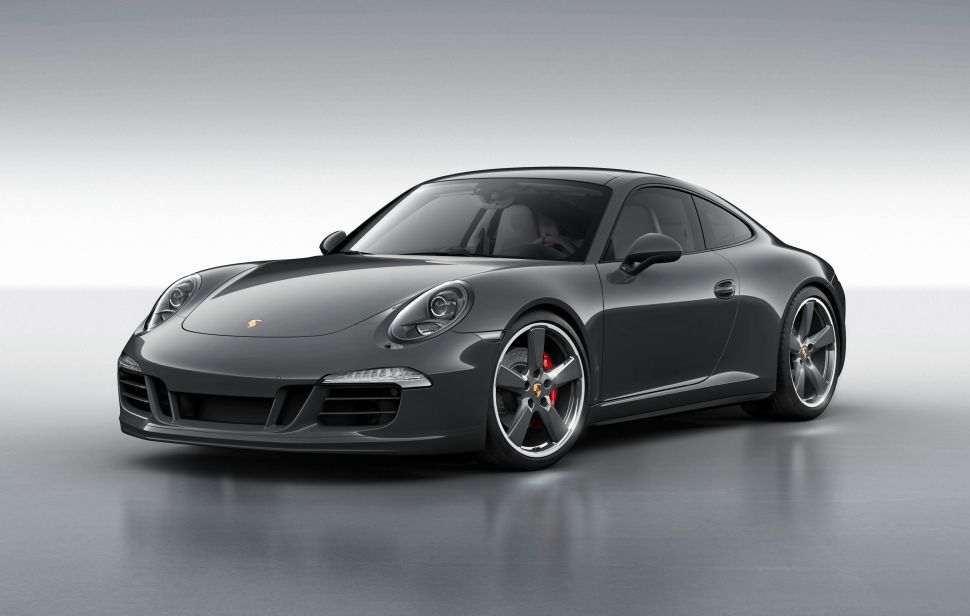
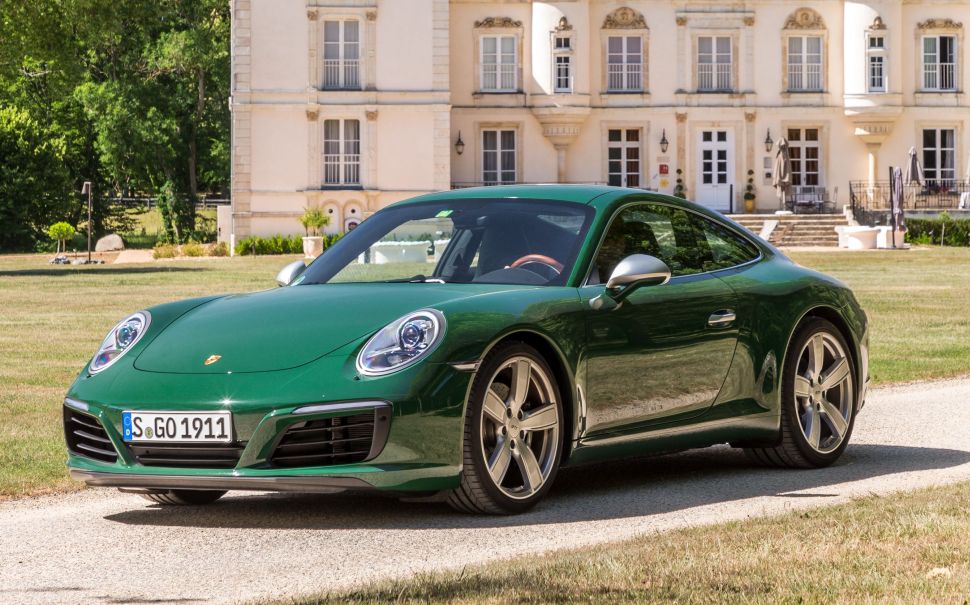
Volkswagen Golf (VII, Typ. 5G)
We already mentioned the Golf VIII as an example of a subtle facelift, but the Volkswagen Golf VII could also do something. This is the first time in years that Volkswagen has given the Golf a really major facelift (the V and VI were never facelifted) and it turned the somewhat boring pre-facelift into a very sleek design. Especially if you dress it up as an R(-Line) or GTI.
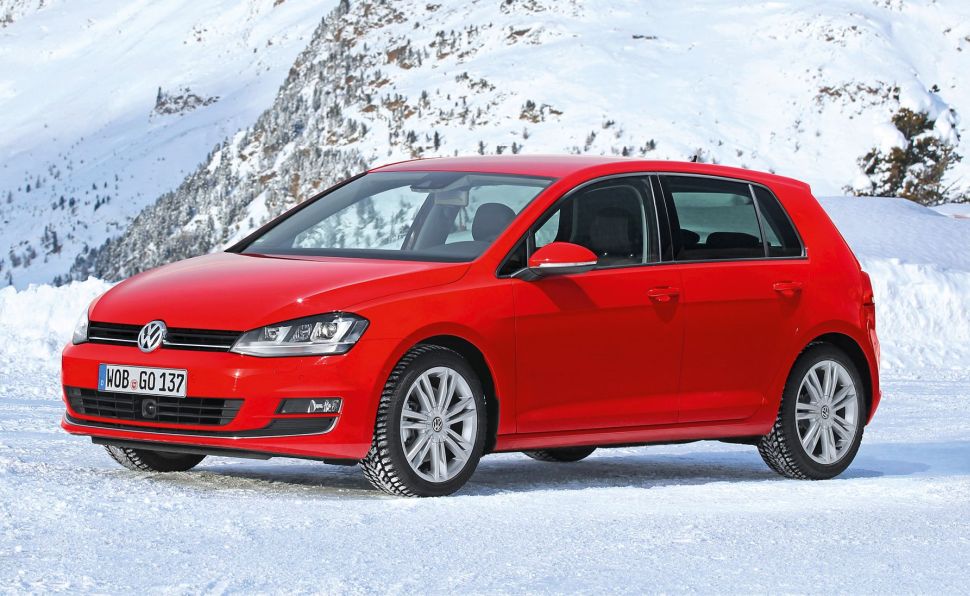
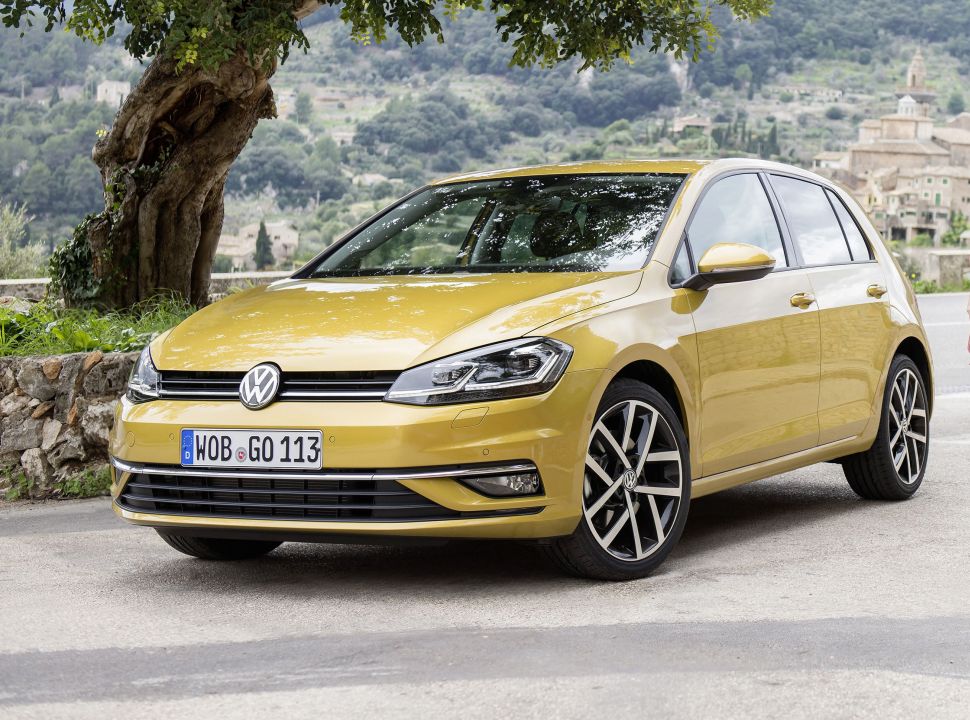
Volvo V70
The alphabet leads us to the end and there is perhaps the best example of a subtle facelift. Volvo is good at that anyway, just think of the latest S/V90 or when the V40 had to last a while and still remained quite fresh with a new grille and LED headlights. The second generation V70 was quite clearly a product of the turn of the millennium. In itself a sleek design, but with some time-sensitive details such as the tinted headlights and plastic bumpers. By spraying the bumpers and adding a subtle chrome line and making the headlights clear, you suddenly had a much more modern car. It is striking that Volvo also brought the orange reflectors in the headlights required by the Americans to the European version. Normally very ugly, but the V70 got away with it. A somewhat outdated design became a car that has proven to be quite timeless.
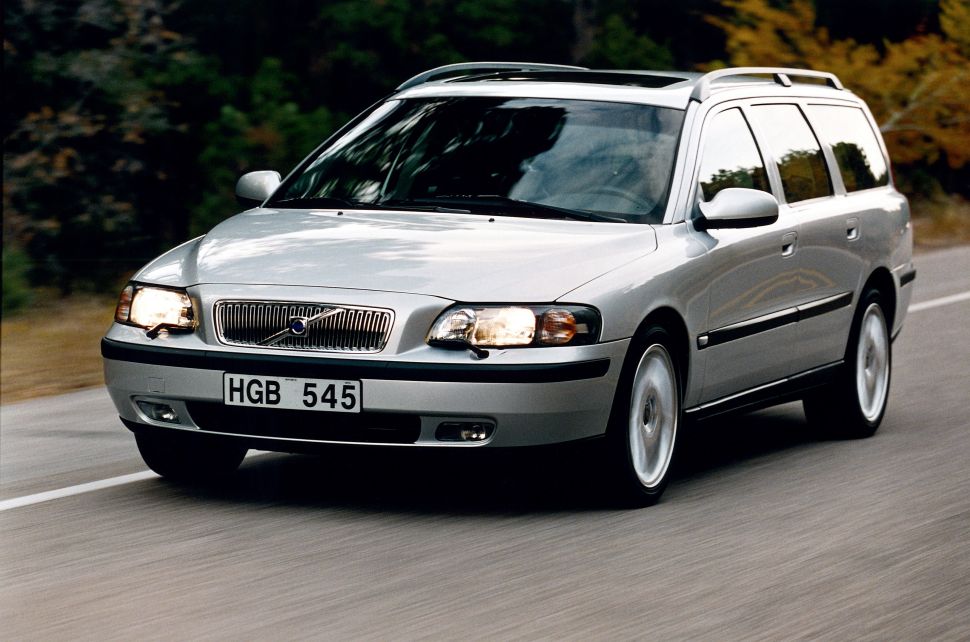
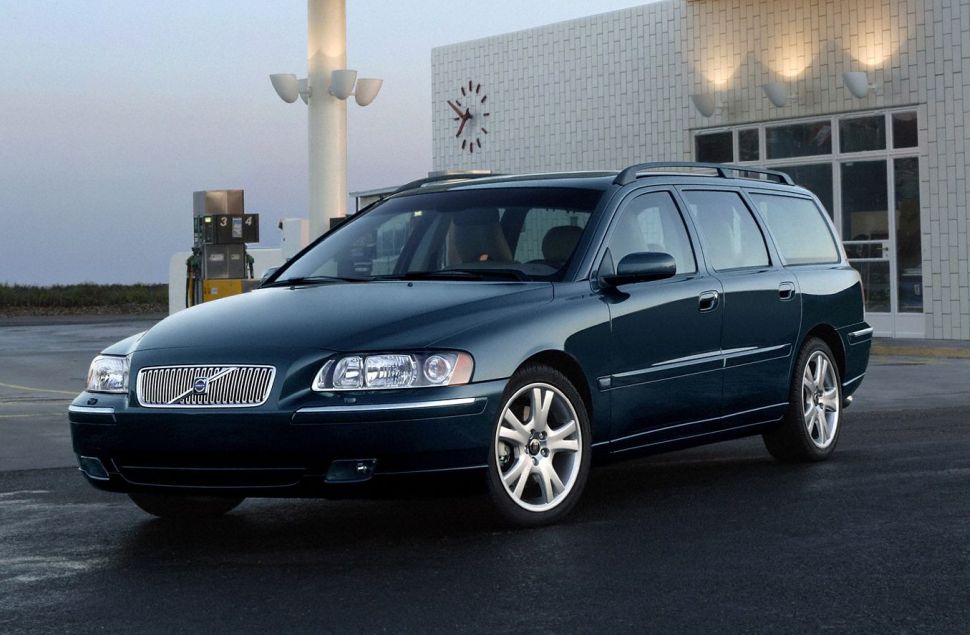
And the rest
As mentioned, these are just some examples, so feel free to share your own findings and opinions in the comments.
This article These small facelifts made a big difference first appeared on Autoblog.nl.
#small #facelifts #big #difference
